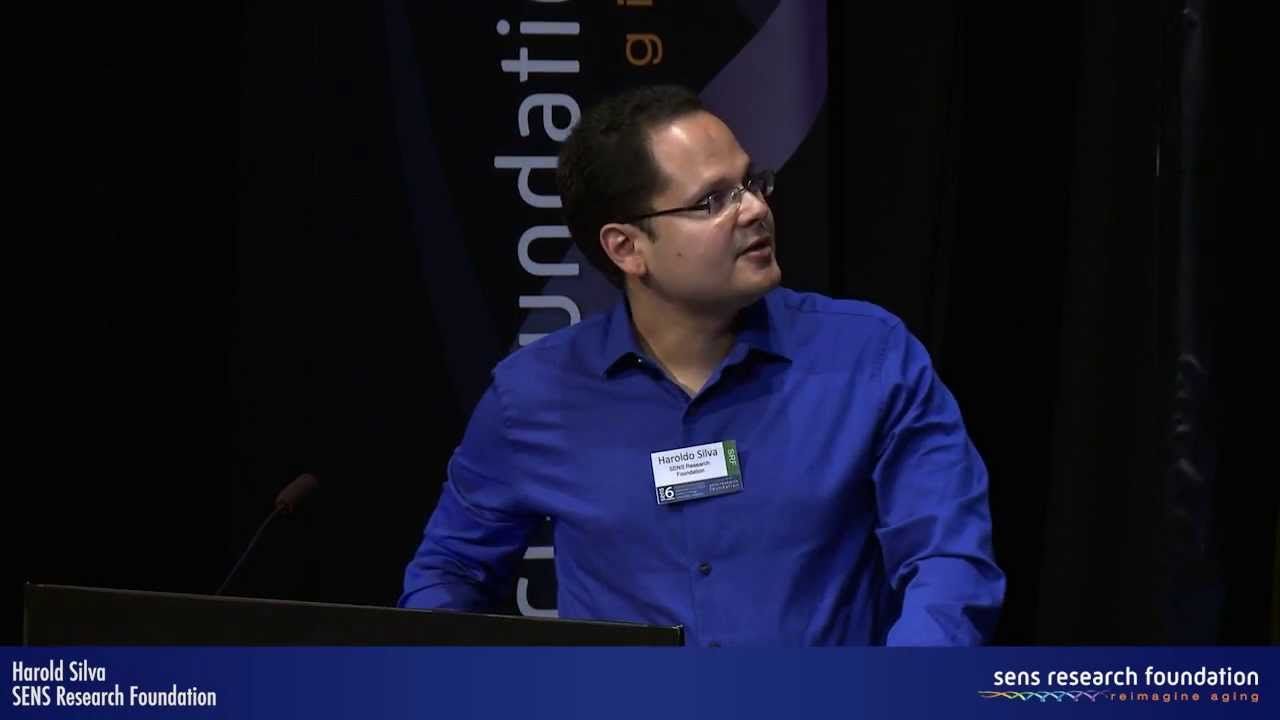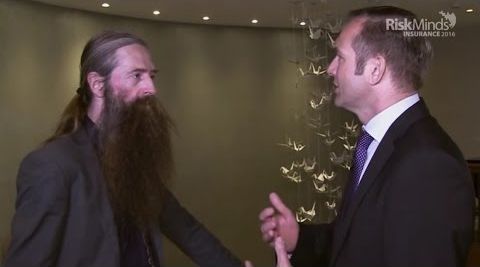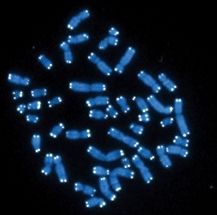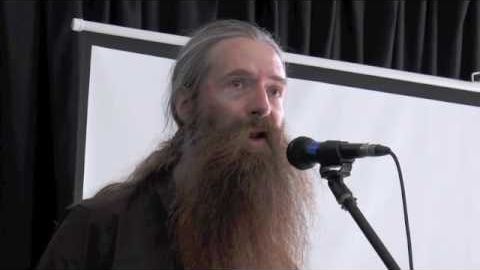Dr Haroldo Silva from SENS talks about ALT cancer in this short film.
As normal cells divide, the ends of their chromosomes (telomeres) progressively shorten until eventually the cells reach senescence or undergo apoptosis. Cancers, which disproportionally kill more individuals in the 65 years or above age group, often overcome this built-in replication limit by expressing the enzyme telomerase.
However, about 10–15% cancers do not use telomerase and at least a major subset of these exhibit hallmarks of Alternative Lengthening of Telomeres (ALT) activity, including long and heterogeneous telomere lengths, presence of ALT-associated PML nuclear bodies (APBs), and generation of high-levels of C-rich circular telomeric DNA repeats (C-circles). Although there are many telomerase-based anti-cancer therapies in clinical development at the moment, research on ALT has not produced any promising therapies so far. This lag is due in part to a lack of assays that are reliable and amenable to high-content/high-throughput (HTS) screens.
The OncoSENS team has made significant progress toward making some of these key ALT assays compatible with the HTS format, which should not only speed up the development of ALT-based anti-cancer therapies but also broaden the amount of research performed on ALT. Our team has already begun applying the assays above to test the involvement of several genes in the ALT pathway and the progress on that front will also be showcased. Undoubtedly, successfully shutting down both ALT- and telomerase-based pathways of telomere maintenance in cancers will move the field forward towards realizing the goal of a complete eradication of one of the main age-related fatal diseases burdening society.
Visit www.sens.org/videos to view the rest of our SENS6 videos.










